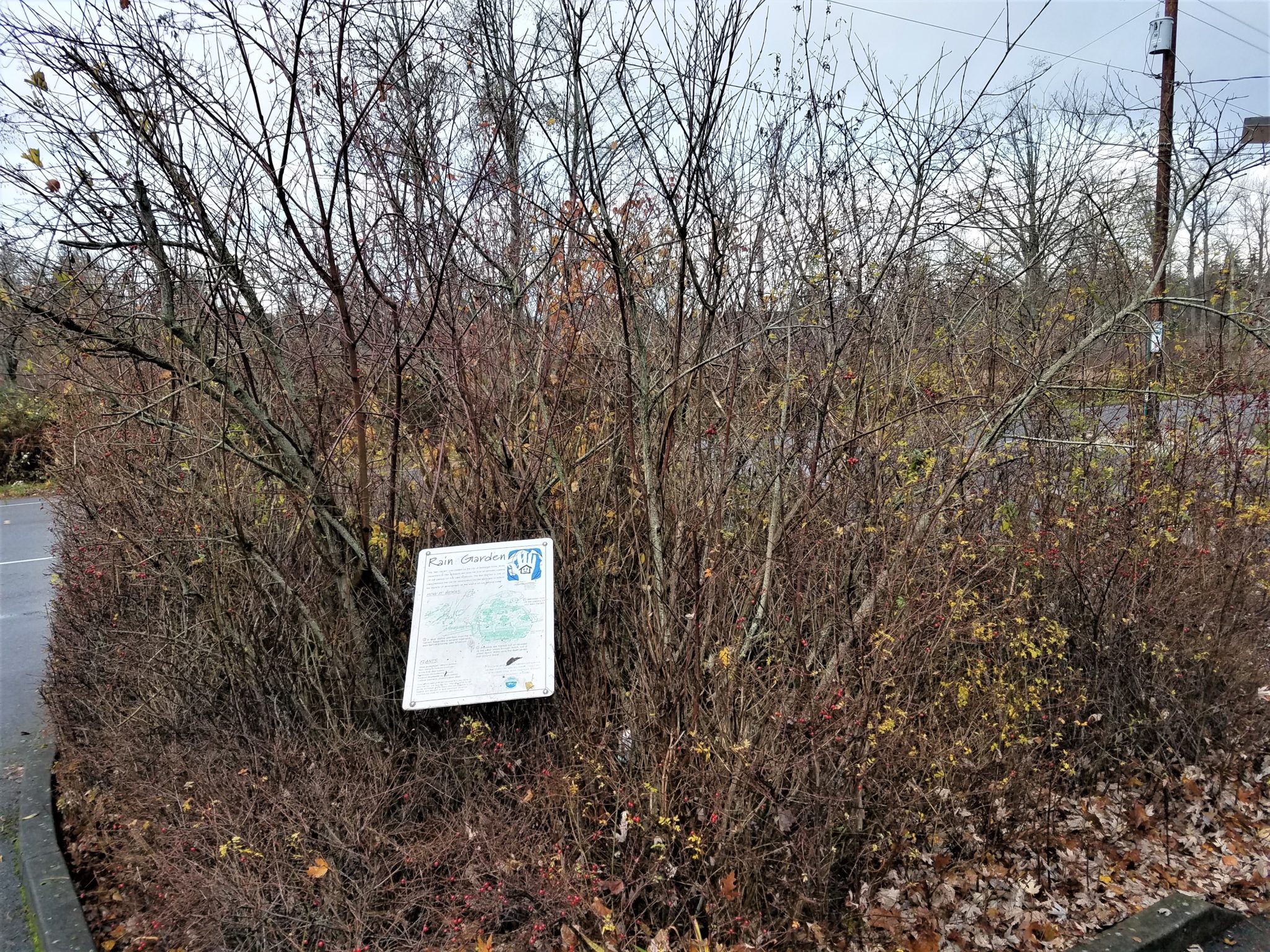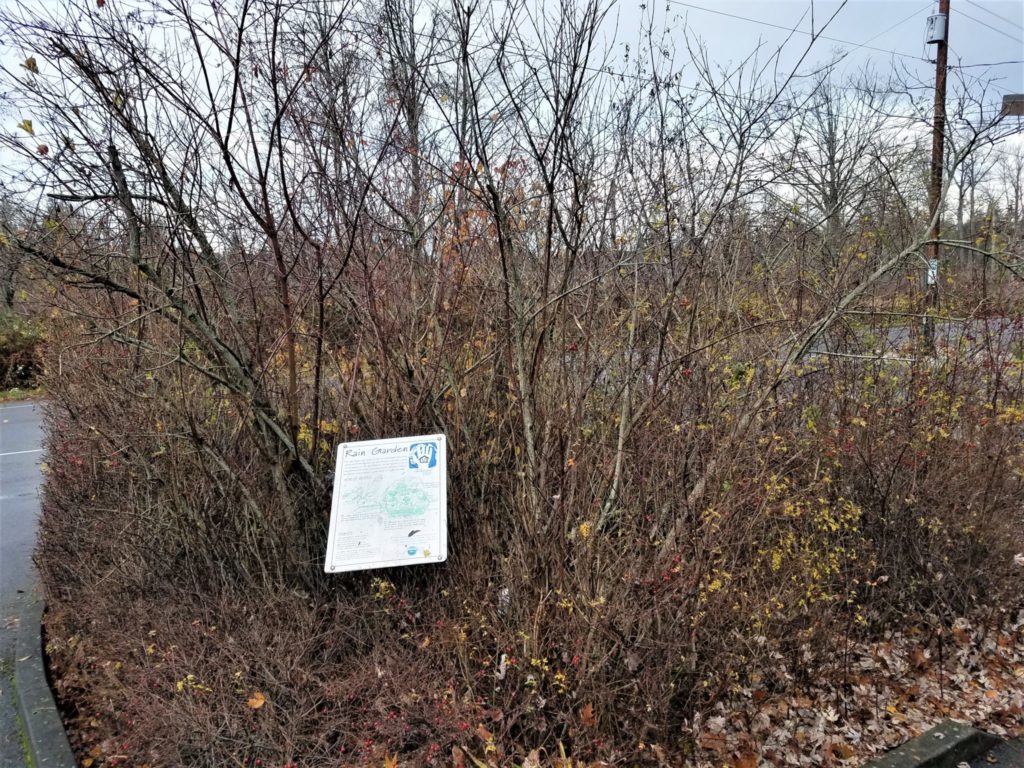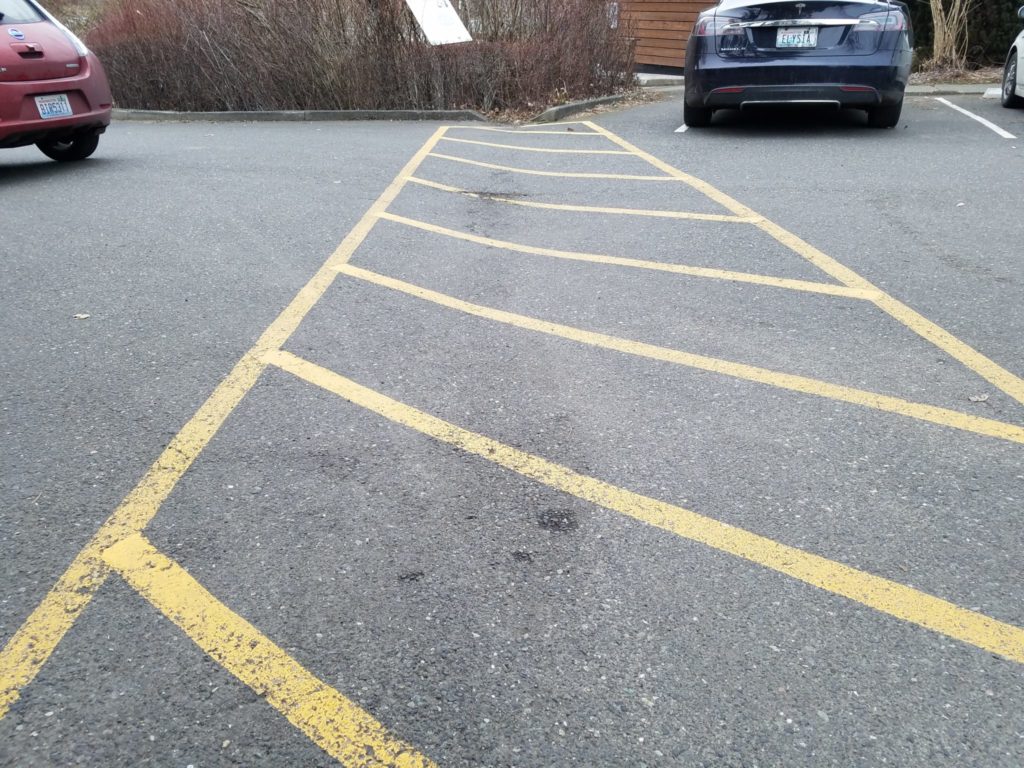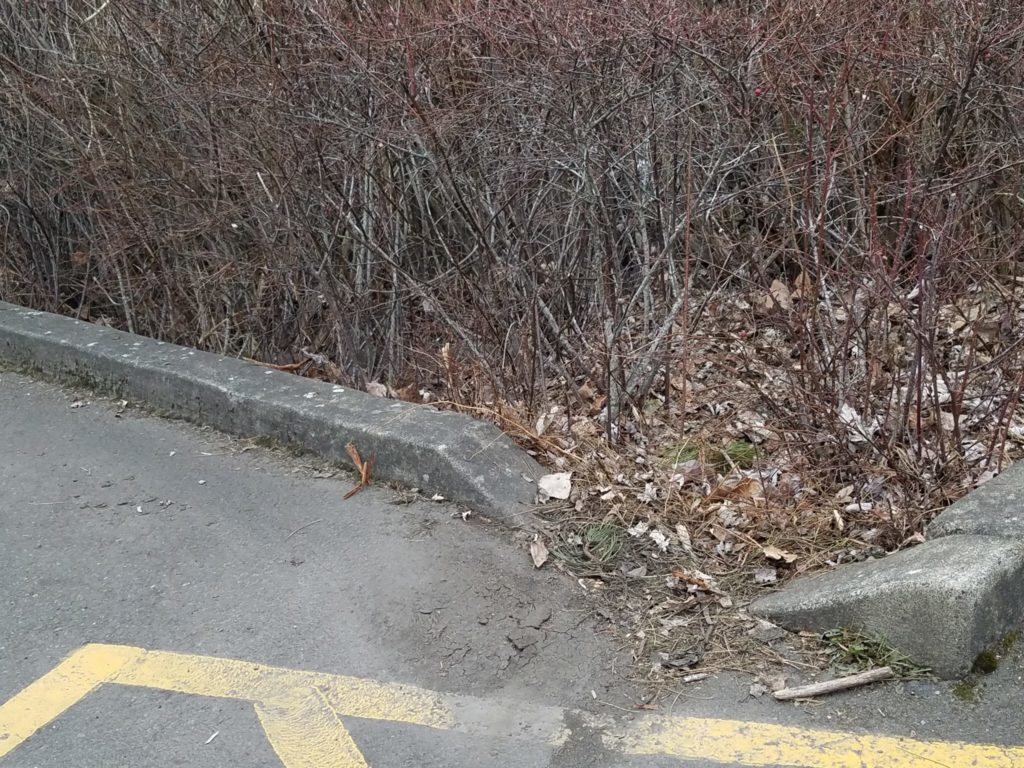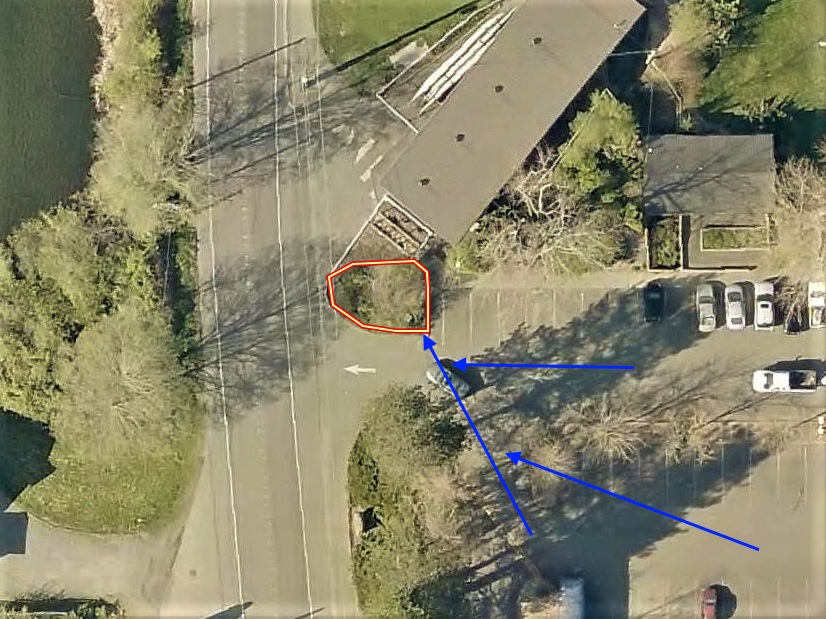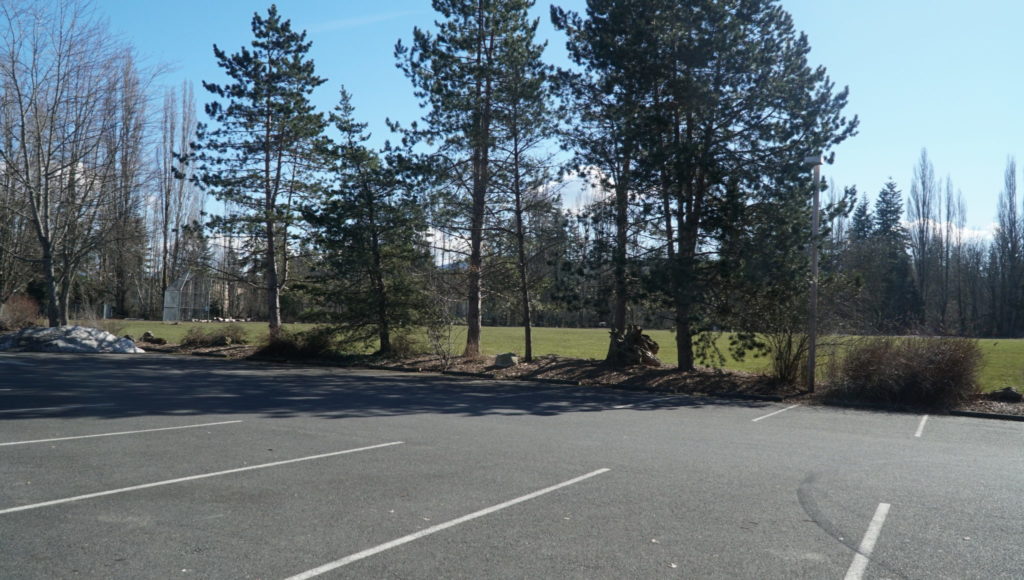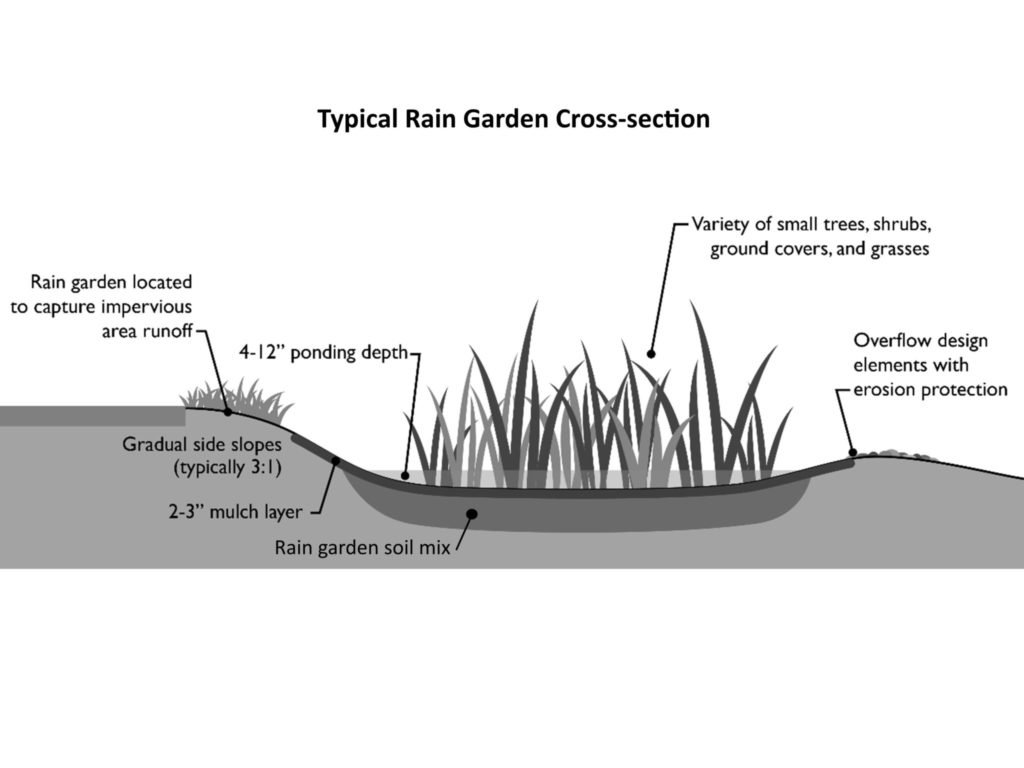Where is this located? It is located adjacent to the exit from the park just off Electric Avenue
What’s special about this place? This is one of the first rain gardens to be installed in Bellingham. All of the water from the west end of the parking lot and the ball field drain to this point where most of it soaks into the ground and is absorbed by the plants here. Any extra water flows through a pipe and to a filter system at another infiltration area before flowing into Lake Whatcom.
image gallery
select any photo to see a slideshow
